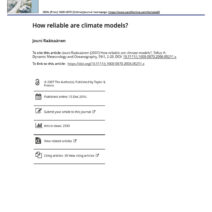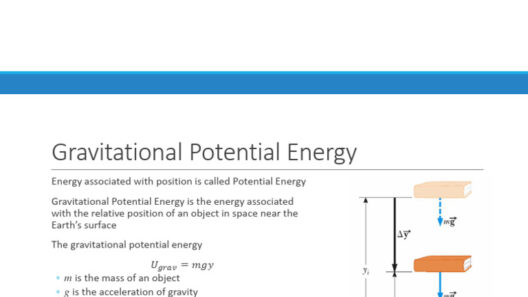As the crisp winds of winter begin to weave through our neighborhoods, our homes transform into sanctuaries, where warmth and comfort become paramount. Yet, within this quest for coziness, there lurks an often-ignored specter: energy consumption. Heating systems, while indispensable, can be colossal energy guzzlers. Thus, the art of conserving energy with your heater emerges as both an immediate concern and a noble aspiration.
Understanding the mechanics of your heating system is akin to knowing the heart’s rhythm in a meticulous symphony. Whether it’s a furnace, a heat pump, or radiant heating, each has its unique operational nuances. Grasping these intricacies allows homeowners to adjust settings not merely for warmth but for optimal efficiency. If your heater is akin to a diligent but overzealous gardener, nurturing your home’s atmosphere, it requires precision in tuning its output to minimize waste.
In the realm of energy conservation, one’s thermostat serves as an influential maestro. A well-placed, programmable thermostat orchestrates the temperature of your living space with finesse. By setting it a few degrees lower when you are asleep or away—much like a careful steward managing a precious resource—you can save significantly on energy bills. Studies suggest that lowering your thermostat by 7-10 degrees for eight hours a day can lead to a reduction in heating costs by up to 10%. This simple adjustment harmonizes comfort with efficiency, carving a delicate balance.
Insulation plays a pivotal role, much like the cloak of warmth enveloping a hibernating bear. Insulating your home isn’t merely a choice; it’s an imperative. Adequate insulation prevents precious thermal energy from escaping. Assess areas such as attics, walls, and floors for gaps and leaks like one would check the seams of a well-worn coat. Sealing these breaches with caulk or weather stripping forms a protective barrier, thus safeguarding against the relentless chill of winter while conserving energy and fortifying your home.
Windows, the eyes to the inner workings of a residence, also merit attention. During frosty months, they become conduits for heat loss. One could liken them to portals that allow the cold to intrude, despite the warmth within. However, window treatments such as heavy drapes, thermal curtains, or even window film act as formidable guardians against unwanted drafts. Closed at night, these coverings trap warmth, allowing your heater to ease its workload, subtly enhancing energy conservation.
Additionally, consider the allure of the sun. Harnessing solar warmth during daylight hours can morph your heating habits into a more sustainable practice. Open your blinds and let the sun’s rays infiltrate your living spaces, creating a natural heating boost. Shutting the curtains as the sun descends forms a dual-layered barrier against the creeping cold, ensuring that you maximize thermal gain while minimizing heating reliance.
Regular maintenance of your heater is another crucial facet of energy conservation. Just as a musician must care for their instrument, your heating system requires consistent attention. Schedule annual inspections and cleanings to keep it operating efficiently. A clean filter ensures unhindered airflow, akin to a well-tuned engine, optimizing performance. Not only does this extend the lifespan of your heater, but it also ensures it operates at peak efficiency. Replace the filter regularly—an unobtrusive yet vital ritual in the grand tapestry of home energy management.
The integration of energy-efficient appliances heralds a new era of conservation. If you are contemplating a heater upgrade, seek out models imbued with contemporary technology and high-efficiency ratings. These units, often designated as ENERGY STAR certified, offer remarkable advancements. They function like artisan chefs, preparing warmth with efficiency and delicacy, ensuring each unit of energy expended contributes directly to your comfort.
In addition to the physical upgrades to your heating systems, behavior modification can be just as powerful. Cultivating a change in habits can have a resonating impact. Adopting practices such as wearing warmer clothing indoors and utilizing blankets can significantly ease the reliance on heating systems. Picture wrapping yourself in a comforting quilt, mitigating the need to dial up the thermostat. Engaging in these simple behaviors cultivates a home environment that keeps energy consumption in check, transforming your dwelling into a bastion of warmth without undue resource expenditure.
Community awareness and education about energy conservation amplify its effects. Consider joining or forming local groups that promote energy-saving practices. The shared knowledge and resources can lead to a collective uplift, fostering a culture of sustainability. Educational campaigns can illuminate the importance of energy conservation, inspiring neighbors to adopt similar practices, creating a ripple effect throughout your community.
Finally, embracing a holistic view of energy consumption includes recognizing the impact of renewable energy sources. If possible, explore integrating solar panels or wind energy systems into your home. These technologies represent the vanguard of sustainable living. By tapping into these renewable resources, you not only reduce your carbon footprint but also empower your home to become a self-sustaining entity in harmony with nature.
In conclusion, the pursuit of cozy warmth and energy conservation does not have to exist in opposition. Rather, through a confluence of informed decisions, preventative measures, and a collective ethos, one can attain an efficient sanctuary. Understanding one’s heater, optimizing usage patterns, ensuring proper insulation, and fostering community involvement create a comprehensive approach to safeguarding against climate change. Let this winter be a testament to the belief that comfort can coexist with conscientious energy use, creating sanctuaries that are both inviting and environmentally sound.






